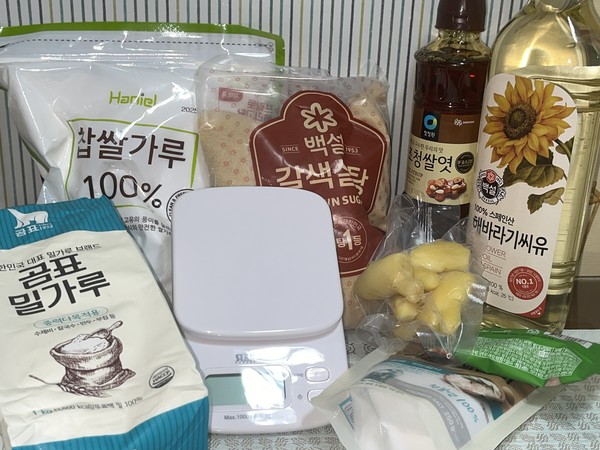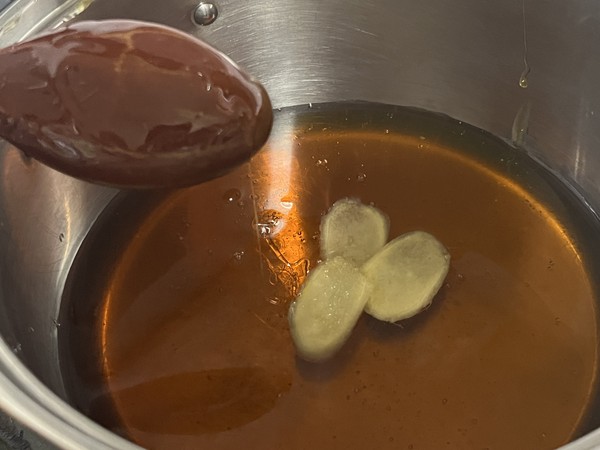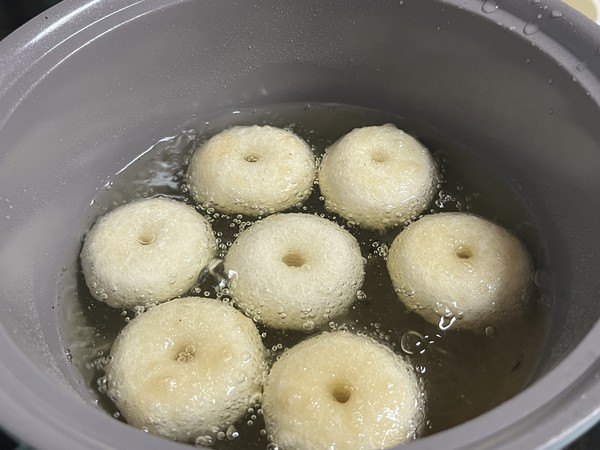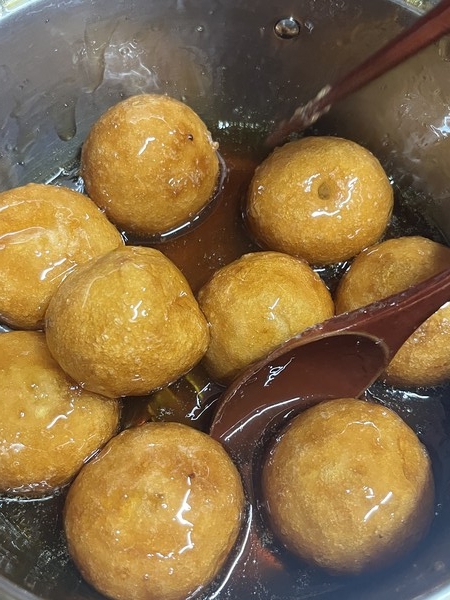
A sweet, chewy, round dessert. What kind of dessert do you know like this? Many people may think of macarons or doughnuts. However, did you know that Korea also has such desserts? "Umegi" is a traditional Korean dessert, which has those characteristics and is pleasantly sweet. Although some cafes sell traditional Korean desserts, many people do not know the charm of umegi. This SMT reporter made umegi to show its charm to Sookmyungians.
The trendsetter, 'halmaennial'
Traditional desserts are popular among people in their 20s and 30s these days. Instead of simply selling the desserts, a new culture has been created by reinterpreting them to suit the tastes of a new generation. "Halmaennial," which is a combination of "halmae," a dialect for grandmother, and millennials, means the retro craze among those in their 20s and 30s. It appears not only in fashion trends but also in food trends, looking for old things which can bring up old memories instead of the latest ones. The representative food of the halmaennial trend is "yakgwa." Various food industries have gained sensational popularity by releasing various cookies that are modifications of yakgwa. "Gaesongjuak" is also a food that is leading the halmaennial trend. Originally, gaesongjuak were simply rice cakes covered in syrup, but modern gaesongjuak is being reinterpreted and made in various forms. Putting fruit garnishes on top of the gaesongjuak to reduce the sweetness of it, or adding various fruit jams to create new flavors. Those creations make it more attractive and are a factor in its popularity.
Another name for the gaesongjuak is umegi. It was a precious dessert that people used to eat at anniversaries or parties as there is a saying, "There is no feast without umegi." Umegi is a rice cake made by kneading makgeolli with glutinous rice flour. It is one of the local foods made especially when new rice grows in Gaesong. Since the sweetness of umegi does not come from sugar, it has the advantage that even those who do not like the sweetness or who do not eat much sweet food can still easily enjoy it. It does not go bad easily, so it is easy to store, and people don't get an upset stomach as rice flour is the main ingredient. With the combination of the charm of umegi and the halmaennial trend, it is gradually becoming widely known.


Cooking a tradition
This SMT reporter made umegi with family at home to learn the process. To make it, syrup and dough are needed together. To make the dough, all you need is 250g of wet glutinous rice flour, 50g of medium wheat flour, 1 small spoonful of salt, 50g of sugar, and 50g of makgeolli. Only wet glutinous rice flour may be used, not dry flour. The ratio of glutinous rice flour and medium wheat flour is an important factor in determining the texture of umegi, so it is necessary to pay attention to this exactly. To make the syrup, you need 300g of grain syrup, 100g of water, a spoonful of ginger juice, and cinnamon sticks. Instead of ginger juice, 5g in three thin slices of ginger is used, and the cinnamon sticks are omitted. For those who do not like the sweetness of grain syrup or like the scent of cinnamon, it is recommended to use cinnamon sticks. First, sift the glutinous rice flour and mix with the wheat flour, sugar, and salt. After that, pour in the makgeolli and hot water. In this process, unlike the exact amount of makgeolli, just enough hot water should be added to get the right consistency of the dough because the amount of moisture contained in each bag of wet glutinous rice flour is different. If the dough is too watery, bubbles form when it is fried, and the shape cracks if it is too dry. While kneading, the dough should be like clay, wet but a little dry. Let the finished dough rest in the refrigerator for 30 minutes so that the makgeolli in the dough can ferment.
Next, while waiting for the dough, just boil the grain syrup, water, and ginger in a pot. Start with medium heat and reduce to low when white bubbles start appearing in the syrup. Simmer on low for another 5 minutes. When the syrup is dripping, does not flow and can harden into a shape, it is ready. Cool the syrup at room temperature for a while. Meantime, make the finished dough tube shape by using chopsticks to make a hole in the middle of the dough. When you fry the dough in the oil, the dough may swell and the hole may disappear, so it is better to make a slightly larger hole. Also, umegi can be made into various shapes. This SMT reporter also made a Noonsong shape. When frying the dough, the oil temperature should be between 120 and 140 degrees. Add the dough to the oil at intervals so that they do not stick together. When the dough is cooking in the oil, it is important to raise the temperature of the oil to 160 degrees and turn it over frequently so that it does not burn. When it is taken out of the oil, blot it dry and coat it with the syrup. Leave it at room temperature for 3 hours. This is an essential step because it allows the syrup to permeate into the umegi. You can decorate it with nuts, jujubes or other toppings such as bean flour or cranberries, so garnishing to suit your taste is a fun part of making it. After the garnish, it is done!


A taste of memories that makes memories
The most important thing in making umegi is sincerity. The umegi which this SMT reporter made was chewy and crispy. This texture may be wonderful for those who like these textures. However, since the cinnamon was omitted, this reporter couldn't taste it. If it had been added, the umegi would have tasted even better. This SMT reporter is not good at cooking, but making umegi was very interesting and memorable. Also, talking with my family while making the dough became another special memory. How about trying homemade umegi instead of a cake as a new event for the end of this year?



